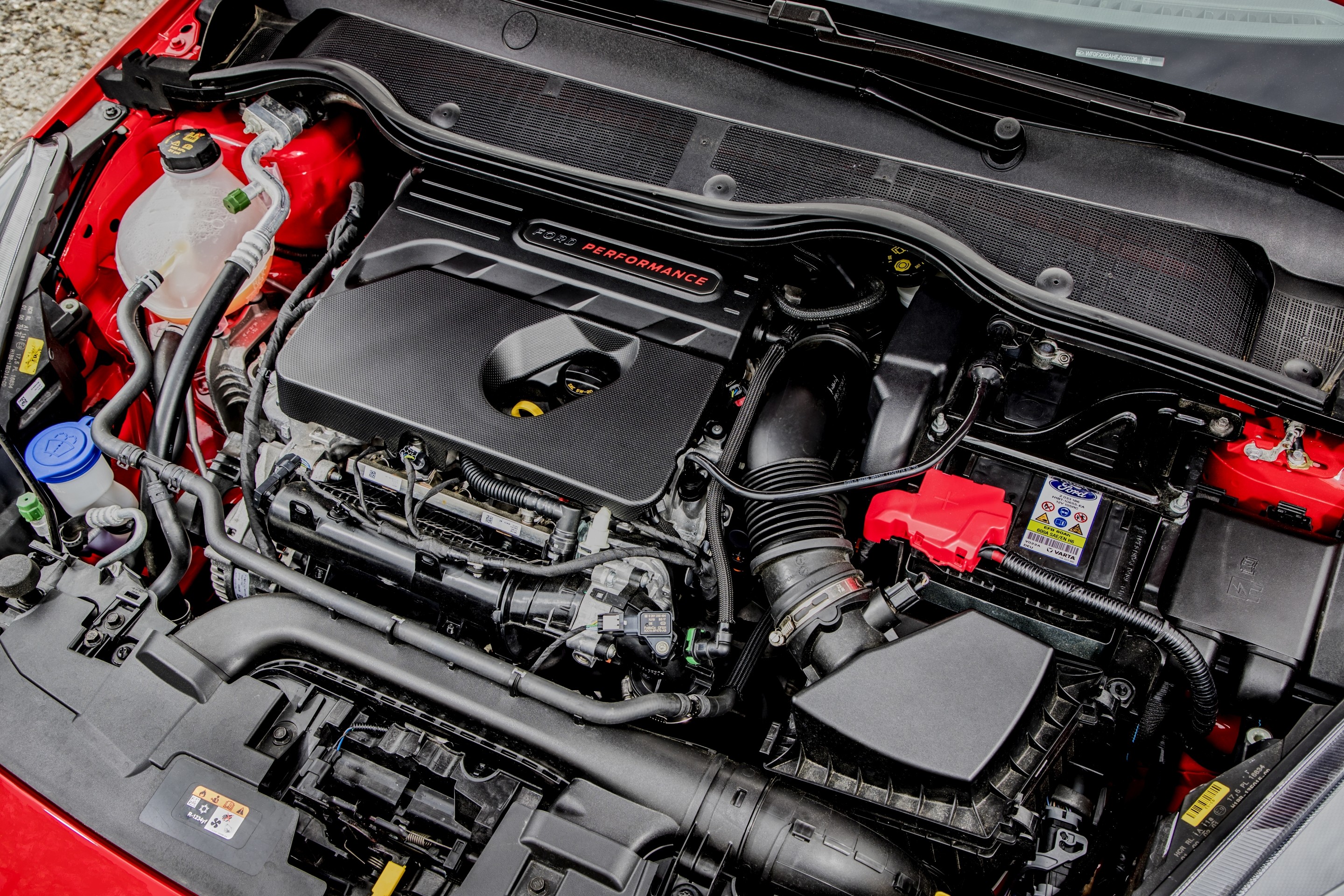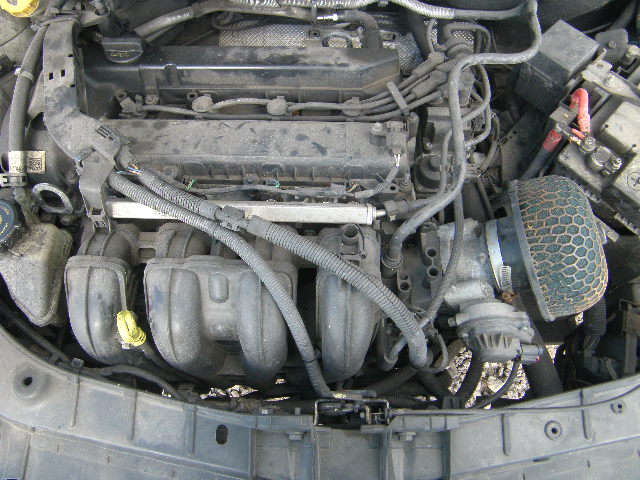Get the Most Out of Your Ford Fiesta Engine with Proper Care
Opening the Power of Engines: A Comprehensive Overview to Performance and Efficiency
Recognizing the complex mechanics of engines is critical for both performance enthusiasts and everyday motorists. By examining essential metrics such as horse power and torque, one can appreciate just how adjusting methods improve efficiency while dealing with ecological problems. Moreover, regular upkeep plays a pivotal role in maintaining ideal efficiency gradually. As the auto landscape shifts towards electrification and advanced technologies, the question develops: exactly how can we properly adapt to these changes while taking full advantage of engine capacities? The answers may redefine our strategy to engine performance and efficiency in manner ins which are both informing and important.
Recognizing Engine Fundamentals
What makes up the essential technicians of an engine? At its core, an engine is a device made to transform fuel right into power through a collection of controlled surges or combustion processes. The key components consist of the cylinder, piston, crankshaft, camshaft, and valves. The cylinder works as the chamber where burning happens, while the piston relocates within the cylinder to convert the energy from burning right into direct motion (ford fiesta engine).
The crankshaft then changes this linear movement into rotational energy, which ultimately powers the vehicle. The camshaft regulates the opening and closing of the shutoffs, managing the intake of air and fuel and the expulsion of exhaust gases. Additionally, the engine relies upon a carefully adjusted fuel-air combination, ignition system, and cooling down system to make sure optimum performance and performance.
Recognizing engine essentials also involves acknowledging the importance of engine cycles, such as the four-stroke cycle, that includes consumption, power, compression, and exhaust strokes. Each stage is crucial in making sure the engine functions smoothly and efficiently. Mastery of these fundamental technicians prepares for checking out extra complex engine characteristics and performance metrics, important for enhancing both power output and efficiency.
Secret Efficiency Metrics
Key efficiency metrics are vital for reviewing an engine's effectiveness and power outcome, providing beneficial understandings for both consumers and manufacturers. These metrics act as benchmarks for engine performance, permitting educated choices in production, style, and buying.
One of the key metrics is horse power, which evaluates the engine's ability to execute job over time. Torque, determined in pound-feet, is one more important metric that suggests the engine's rotational pressure, directly influencing acceleration and towing ability. Fuel efficiency, usually measured in miles per gallon (MPG) or litres per 100 kilometers (L/100km), examines how efficiently the engine transforms gas into movement, impacting environmental considerations and functional expenses.
Furthermore, thermal performance steps how well an engine transforms gas energy into helpful work, exposing understandings into power losses largely via warm. Discharge degrees, consisting of CO2 and NOx, are also vital, reflecting the engine's environmental influence and conformity with regulative standards.

Tuning Methods for Performance
Tuning techniques play a considerable role in improving engine efficiency by optimizing performance metrics determined in earlier conversations (ford fiesta engine). Various techniques exist to fine-tune an engine, each adding to improved fuel economic climate and decreased emissions
One effective strategy is adjusting the air-fuel ratio, making certain the engine operates within the you could try here optimum combustion routine. A leaner combination can enhance gas performance, but it must be balanced to stop misfires or engine knock. Additionally, reprogramming the engine management system can alter parameters such as ignition timing, which better improves effectiveness while maintaining power outcome.
One more crucial approach entails modifying the intake and exhaust systems. Upgrading to high-performance air filters and exhaust headers can lower back pressure, facilitating better air movement. This permits the engine to take a breath even more openly, resulting in improved combustion performance.
Moreover, the implementation of advanced tuning devices, like dyno screening, gives exact data that enables targeted adjustments. Regularly monitoring these efficiency metrics makes sure that adjusting efforts generate the wanted efficiency results. Collectively, these strategies not just bolster engine performance yet likewise add to long-lasting sustainability in engine procedures.
Maintenance for Optimum Performance
Regular engine upkeep is crucial for accomplishing optimum performance and durability. A well-kept engine not only runs effectively but also lessens the threat of costly repairs and break downs. Trick elements requiring routine focus include oil, filters, belts, and ignition system.
Transforming the engine oil at suggested periods is essential, as oil lubricates moving parts and prevents overheating. In a similar way, replacing oil and air filters guarantees that pollutants do not hinder engine function. Disregarding these parts can bring about decreased effectiveness and possible engine damage.
Furthermore, checking and replacing used belts and pipes is important to stop unexpected failures. Timing belts, particularly, must be replaced according to the maker's routine to stay clear of devastating engine damage.
Ignition system must additionally be examined and replaced as required, considering that they play an essential function in ignition and fuel efficiency.
Future Patterns in Engine Innovation
Accepting improvements in modern technology, the future of engine layout is positioned to change efficiency and effectiveness across various applications. Crossbreed and completely electric powertrains are coming to be increasingly traditional, offering minimized exhausts and improved gas efficiency.
Furthermore, browse around here innovations in materials scientific research are resulting in lighter, more powerful elements that improve engine performance while lowering energy consumption. Advanced production strategies, such as 3D printing, permit the creation of intricate geometries that boost air flow and thermal monitoring, hence optimizing combustion processes.
In addition, the combination of synthetic knowledge and artificial intelligence is readied to transform engine diagnostics and efficiency tuning. These innovations can analyze huge amounts of data in real time, enabling anticipating upkeep and customized efficiency improvements.
Verdict
In conclusion, opening the power of engines calls for a thorough understanding of their auto mechanics and performance metrics. Carrying out efficient tuning methods and sticking to normal upkeep practices significantly improve engine abilities. As the vehicle landscape evolves, accepting future fads in technology, including electrification and advanced manufacturing, will certainly be essential for optimizing performance and performance. best site This comprehensive approach not only advantages lovers however additionally adds to sustainable solutions in the world of automotive engineering.
Additionally, the engine depends on a carefully calibrated fuel-air mix, ignition system, and cooling system to guarantee ideal performance and effectiveness.
Recognizing engine essentials likewise entails identifying the value of engine cycles, such as the four-stroke cycle, which consists of consumption, exhaust, power, and compression strokes. Proficiency of these fundamental auto mechanics lays the groundwork for exploring much more intricate engine dynamics and performance metrics, vital for enhancing both power result and performance.

Accepting developments in innovation, the future of engine design is positioned to revolutionize performance and efficiency across various applications.